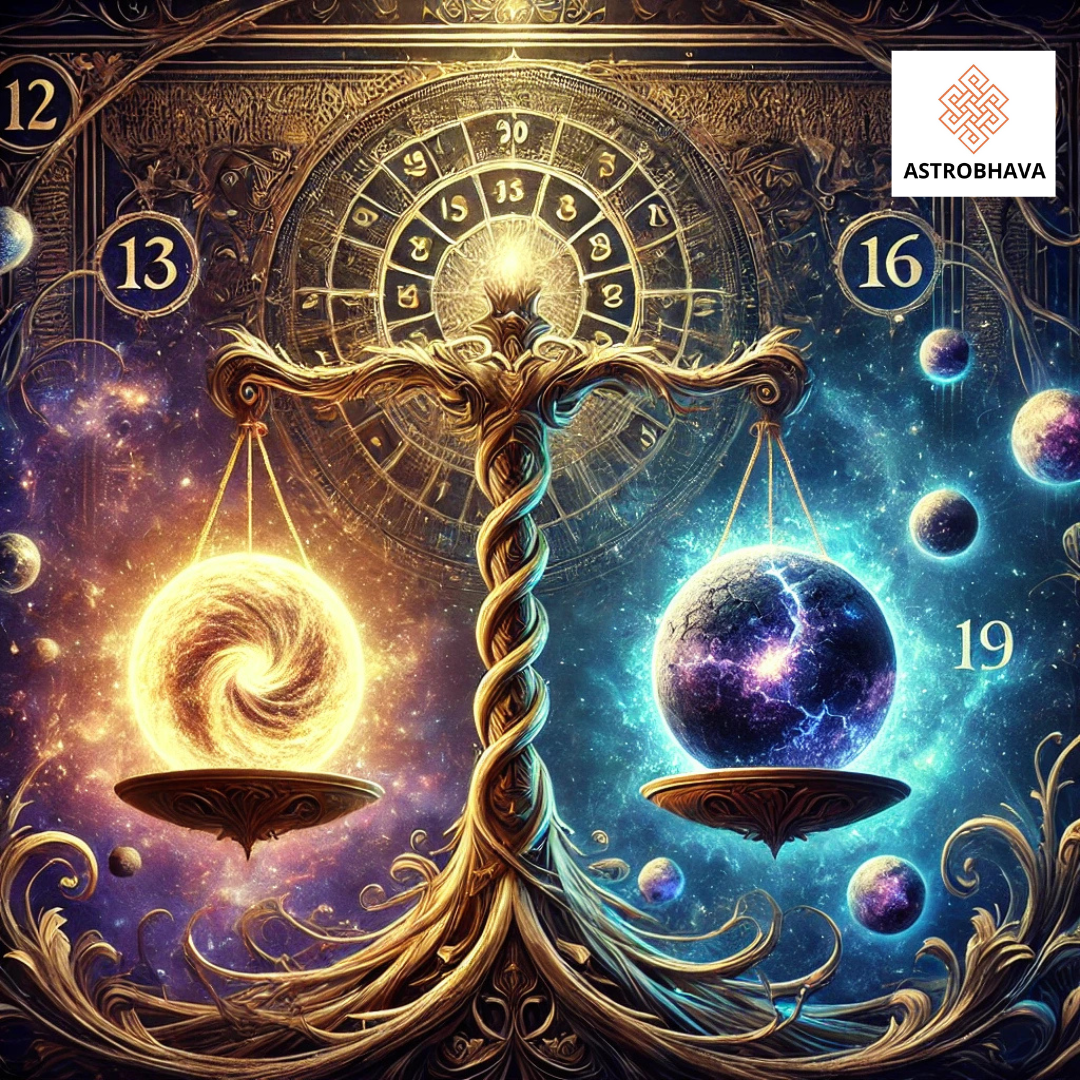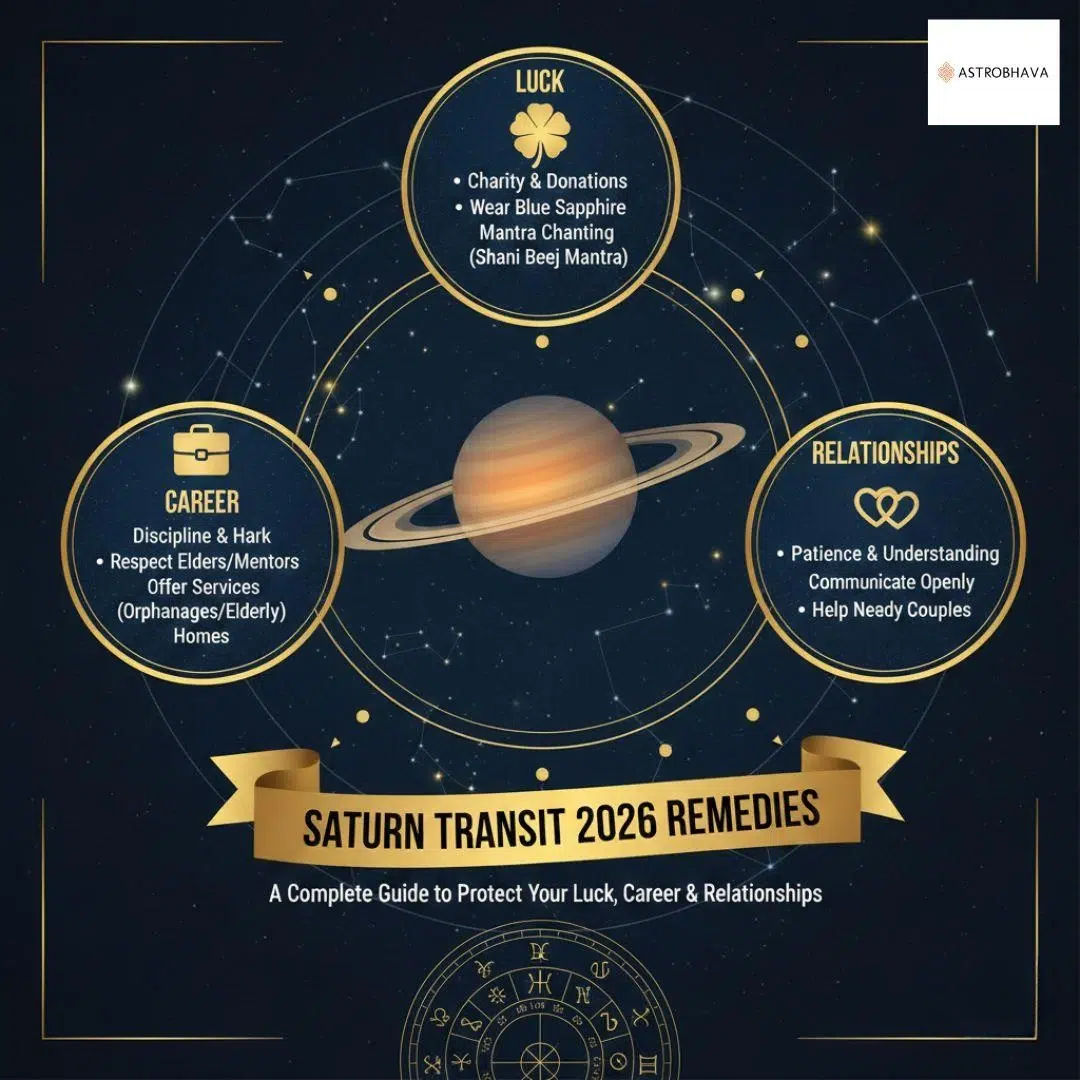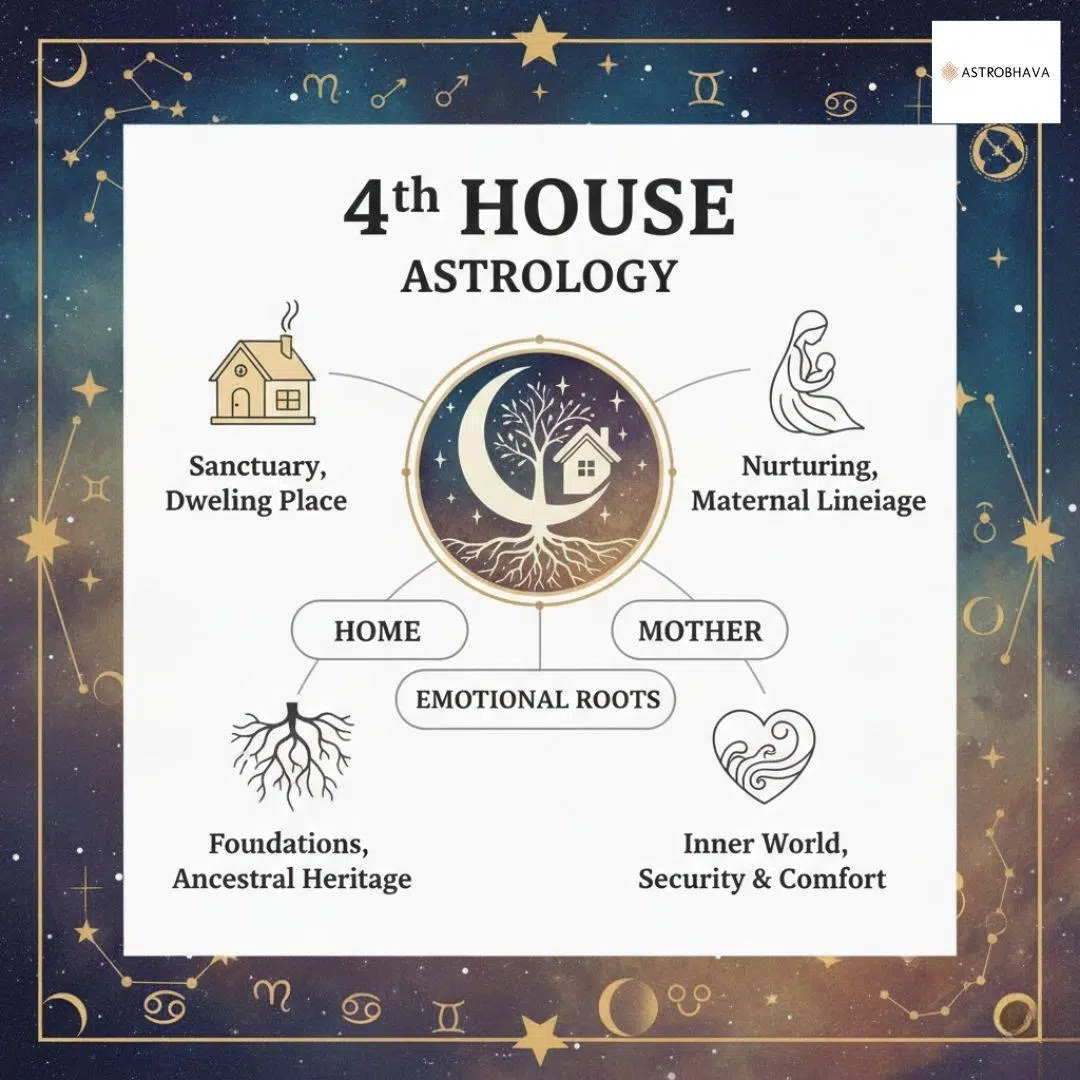Karmic Debt: Top 10 Ways to Resolve Past Life Karma

The concept of karmic debt is deeply rooted in the philosophy of karma, which emphasizes the consequences of our actions across lifetimes. As we navigate through life, certain challenges, relationships, or patterns may feel inexplicably difficult. These are often tied to karma debts — the unresolved energies from our past lives. This blog explores the essence of karmic debt, its connection to past-life karma, ways to identify it, and remedies for liberation.
What is Karmic Debt?
Karmic debt refers to the spiritual obligations or lessons carried from past lives into the present, based on actions and decisions made in previous incarnations. Rooted in the concept of karma, which means “action” or “deed,” karmic debt signifies the unresolved consequences of one’s actions that must be balanced or resolved to achieve spiritual growth and harmony.
Key Concepts of Karmic Debt
Karmic debt is a spiritual principle rooted in the idea of karma and the continuous evolution of the soul. Below are the essential concepts that explain its nature and purpose:
1. Karma: The Law of Cause and Effect
- Definition: Karma means “action” or “deed,” and it operates on the principle that every action has a reaction.
- Relevance to Karmic Debt: Harmful actions, unfulfilled promises, or selfish behavior in past lives create “debts” that must be resolved in the current or future lives.
- Purpose: This mechanism ensures balance in the universe and fosters spiritual growth through accountability.
2. Spiritual Lessons
- Core Idea: Karmic debt exists to teach the soul valuable lessons, such as patience, compassion, forgiveness, and humility.
- Learning Process: Challenges and struggles serve as opportunities for introspection and personal growth, helping individuals evolve spiritually.
3. Past Life Influence
- Carryover from Previous Lives: Karmic debt is believed to stem from unresolved actions, conflicts, or patterns in past incarnations.
- Impact on Present Life: These debts manifest as recurring challenges, difficult relationships, or emotional struggles to provide a chance for resolution.
4. Patterns and Recurrence
- Repetitive Situations: Unresolved karmic debt often leads to recurring life events, such as repetitive challenges or problematic relationships.
- Purpose of Patterns: These patterns highlight unresolved issues and encourage individuals to break free from harmful cycles.
5. Emotional and Energetic Impact
- Internal Struggles: Feelings of guilt, fear, or regret may stem from unresolved karmic energy.
- Energy Imbalances: Karmic debt can create blockages in a person’s spiritual or emotional well-being, requiring intentional effort to clear.
6. Karmic Relationships
- Definition: Certain intense or challenging relationships are believed to be karmic in nature, meant to resolve debts between souls.
- Purpose: These relationships often test emotional maturity, forgiveness, and unconditional love.
7. Numerology and Astrology Connections
- Numerology: Specific numbers, such as 13, 14, 16, and 19, are considered karmic debt numbers, highlighting life areas requiring resolution.
- Astrology: Planetary placements, such as Saturn (the planet of karma) or the South Node of the Moon (past life karma), provide clues about unresolved debts.
8. Free Will and Transformation
- Role of Free Will: While karmic debt influences life circumstances, individuals have the power to make choices that resolve or perpetuate these patterns.
- Transformation: Consciously choosing positive actions, practicing forgiveness, and breaking harmful cycles help clear karmic debt.
9. Balancing Karmic Debt
- Positive Karma: Generating positive energy through good deeds and service to others balances karmic debts.
- Rituals and Practices: Spiritual practices like meditation, forgiveness, and rituals (e.g., homas, pujas) aid in releasing karmic burdens.
10. Soul Evolution
- Ultimate Purpose: Karmic debt serves as a tool for the soul’s evolution, helping individuals progress toward enlightenment and harmony.
- End Goal: By resolving karmic debts, the soul achieves balance, liberation, and spiritual fulfillment.
Signs of Karmic Debt in Life
- Repetitive Patterns
- Facing recurring situations or challenges, such as troubled relationships or financial struggles, may indicate unresolved karmic debt.
- Difficult Relationships
- Certain relationships, especially those marked by conflict or deep emotional intensity, could signify karmic ties that need healing.
- Emotional or Spiritual Struggles
- Persistent feelings of guilt, regret, or emotional heaviness can point to unresolved karmic energy.
- Astrological Indicators
- Numerology and astrology often highlight karmic debt through specific numbers or planetary placements. For instance, numerology identifies numbers like 13, 14, 16, or 19 as karmic debt numbers.
How to Identify and Resolve Karmic Debt
1. Self-Reflection and Awareness
- Understanding the patterns and lessons in your life can provide clarity on the karmic debt you might be carrying.
2. Practicing Forgiveness
- Forgiving yourself and others is a crucial step in breaking karmic cycles and releasing emotional burdens.
3. Taking Responsibility
- Acknowledging past mistakes and making conscious efforts to change negative behaviors helps resolve karmic debt.
4. Spiritual Practices
- Meditation, yoga, and prayer can aid in connecting with your higher self and understanding your spiritual journey.
- Rituals like homas and pujas can also assist in cleansing karmic energy.
5. Helping Others
- Acts of kindness and service can generate positive karma, balancing past negative actions.
Pujas to Resolve Karmic Debt
Pujas, sacred rituals performed to honor deities and seek blessings, can help clear karmic debt by dissolving negative energy, fostering spiritual growth, and restoring harmony. Below are specific pujas that are considered effective for resolving karmic burdens:
1. Shani Puja (Saturn Puja)
- Significance: Saturn is regarded as the planet of karma in Vedic astrology. Worshiping Lord Shani helps mitigate the effects of past actions.
- Benefits:
- Reduces hardships and challenges caused by karmic debt.
- Promotes patience, discipline, and spiritual growth.
- Rituals:
- Offerings of black sesame seeds, oil, and black cloth.
- Chanting of the Shani mantra: “Om Sham Shanicharaya Namah”.
2. Navagraha Puja (Nine Planet Puja)
- Significance: The Navagrahas (nine planets) govern the karmic influences in one’s life. Performing this puja helps balance planetary energies.
- Benefits:
- Eases karmic burdens associated with astrological placements.
- Promotes overall well-being and alignment with cosmic forces.
- Rituals:
- Chanting specific mantras for each planet.
- Offering nine different grains representing the planets.
3. Pratyangira Devi Puja
- Significance: Dedicated to Goddess Pratyangira, this puja is performed to remove negative energies and karmic blockages.
- Benefits:
- Protects against harmful influences.
- Clears deep-seated karmic imprints and fosters inner peace.
- Rituals:
- Use of red flowers, turmeric, and sacred fire offerings (homa).
- Chanting Pratyangira mantras for spiritual cleansing.
4. Rahu-Ketu Puja
- Significance: Rahu and Ketu represent karmic nodes in Vedic astrology and are strongly linked to past life karma.
- Benefits:
- Neutralizes the effects of karmic debts related to deceit, addictions, or unfulfilled desires.
- Brings clarity and spiritual awakening.
- Rituals:
- Offerings include blue flowers and coconuts.
- Chanting Rahu and Ketu mantras:
- Rahu: “Om Bhram Bhreem Bhroum Sah Rahave Namah”
- Ketu: “Om Sram Sreem Sroum Sah Ketave Namah”.
5. Pitru Dosha Puja (Ancestral Puja)
- Significance: Ancestral karmic debts can manifest as Pitru Dosha. This puja helps honor ancestors and resolve inherited karma.
- Benefits:
- Removes karmic obstacles caused by unresolved ancestral issues.
- Brings prosperity and harmony to the family.
- Rituals:
- Performed during Amavasya (New Moon) or Pitru Paksha.
- Offerings include sesame seeds, water, and cooked rice (pinda daan).
6. Maha Mrityunjaya Puja
- Significance: Dedicated to Lord Shiva, this powerful puja helps overcome fear, illness, and karmic challenges.
- Benefits:
- Purifies the soul and removes karmic impurities.
- Promotes healing and liberation (moksha).
- Rituals:
- Chanting the Maha Mrityunjaya mantra:
“Om Tryambakam Yajamahe Sugandhim Pushtivardhanam
Urvarukamiva Bandhanan Mrityor Mukshiya Maamritat”. - Offering bilva leaves, milk, and sacred water.
- Chanting the Maha Mrityunjaya mantra:
7. Chandi Homa
- Significance: This fire ritual invokes Goddess Durga in her fierce form to destroy negativity and resolve karmic challenges.
- Benefits:
- Removes karmic obstacles and negative influences.
- Restores strength, courage, and spiritual clarity.
- Rituals:
- Offering 108 sacred ingredients into the fire while chanting Devi Mahatmya verses.
8. Hanuman Puja
- Significance: Worshiping Lord Hanuman helps overcome karmic debts related to fear, lack of confidence, or past mistakes.
- Benefits:
- Provides strength and courage to face challenges.
- Reduces the effects of Saturn and Mars-related karma.
- Rituals:
- Offering sindoor, betel leaves, and bananas.
- Chanting the Hanuman Chalisa or mantra: “Om Hanumate Namah”
9. Saraswati Puja
- Significance: Helps resolve karmic debts related to knowledge, creativity, and intellectual growth.
- Benefits:
- Removes ignorance and fosters wisdom to make better choices.
- Promotes spiritual learning and growth.
- Rituals:
- Offerings include white flowers, milk, and honey.
- Chanting Saraswati mantras: “Om Aim Saraswatyai Namah”.
10. Dhanvantari Puja
- Significance: Performed to Lord Dhanvantari, the god of healing, to clear health-related karmic debts.
- Benefits:
- Promotes physical and spiritual healing.
- Removes karmic imprints associated with illness.
- Rituals:
- Offerings include herbs and water.
- Chanting the Dhanvantari mantra: “Om Namo Bhagavate Vasudevaya Dhanvantaraye Amritha Kalasha Hastaya”.
Relation of Past Life Karma
The concept of past life karma forms the foundation of karmic beliefs in many spiritual traditions. It asserts that actions performed in previous lives—whether positive or negative—carry forward into subsequent incarnations, influencing one’s current life circumstances, relationships, challenges, and growth. This karmic “residue” shapes an individual’s journey, presenting opportunities to resolve unfinished business and evolve spiritually. Below is a detailed exploration of the relationship between past life karma and its effects.
1. The Carryover Effect
- Core Belief: Karma from past lives is carried forward into the current life as unresolved energies, lessons, or debts.
- How It Manifests:
- Repeated challenges or patterns in life.
- Difficult relationships or inexplicable connections with certain people.
- Emotional tendencies like guilt, fear, or an unexplained sense of longing.
2. Role of Karmic Imprints
- Definition: Karmic imprints are subtle impressions left by past life actions on the soul’s consciousness.
- Impact:
- Positive deeds create supportive and harmonious circumstances in the current life.
- Negative actions lead to challenges or “karmic debts” that require resolution.
3. Karmic Relationships
- Soul Connections: Relationships in the current life, especially intense or challenging ones, often have roots in past life karma.
- Types of Karmic Relationships:
- Healing Relationships: Meant to bring closure or balance unresolved past life conflicts.
- Challenging Relationships: Serve as catalysts for personal growth or lessons in forgiveness, patience, and compassion.
- Soulmates and Twin Flames: Deep bonds formed over multiple lifetimes, with a shared mission to evolve together.
4. Life Patterns and Recurrence
- Repetitive Cycles: Certain life patterns—such as recurring failures, fears, or illnesses—can be traced to unresolved past life actions.
- Breaking the Cycle: Awareness and conscious effort are required to transform these recurring karmic patterns into opportunities for growth.
5. Influence on Life Circumstances
- Health: Chronic ailments or unexplained health issues may be linked to karmic imbalances from past lives.
- Wealth and Career: Success or financial struggles can reflect past life choices related to integrity, generosity, or misuse of power.
- Personal Struggles: Emotional pain, phobias, or fears might be remnants of unresolved past life experiences.
6. Astrology and Past Life Karma
- Astrological Indicators:
- South Node of the Moon (Ketu in Vedic Astrology): Represents past life karma and the tendencies brought into the current life.
- Saturn: The planet of karma, indicating lessons and responsibilities tied to past life actions.
- Retrograde Planets: May signify areas where past life energies influence current challenges.
- Birth Chart Analysis: A detailed astrological reading can help identify specific past life karmas and their impact on the present life.
7. Resolving Past Life Karma
- Self-Awareness: Recognizing patterns and understanding their karmic roots is the first step.
- Forgiveness: Letting go of resentment and forgiving oneself and others dissolves negative karmic ties.
- Acts of Service: Generating positive karma through selfless deeds helps balance past life debts.
- Spiritual Practices:
- Meditation and mindfulness foster clarity and healing.
- Rituals like homas, pujas, or pilgrimages can aid in cleansing karmic energy.
8. Role of Free Will
- Empowerment: While past life karma influences the current life, free will allows individuals to transform or mitigate its effects.
- Proactive Actions:
- Making conscious, ethical choices.
- Embracing spiritual growth and personal development.
9. The Purpose of Past Life Karma
- Soul Evolution: Past life karma provides opportunities for learning, healing, and spiritual advancement.
- Ultimate Goal: Resolving past life karma leads to liberation (moksha), breaking free from the cycle of birth and rebirth.
Karmic Debt Numbers and Their Meaning
In numerology, karmic debt numbers represent unresolved energy from past life actions. These numbers highlight specific challenges or lessons that an individual must confront to achieve balance and personal growth. Karmic debt numbers in numerology are 13, 14, 16, and 19, each carrying a unique meaning and set of lessons.
1. The Karmic Debt Numbers
Number 13: Laziness and Discipline
- Core Challenge: A tendency to avoid responsibility or take shortcuts in life.
- Life Lesson:
- Develop discipline, focus, and perseverance.
- Embrace hard work and dedication to overcome obstacles.
- Manifestation: Struggles with procrastination, lack of motivation, or unfinished tasks.
- Positive Transformation: By learning to embrace effort and responsibility, individuals with this karmic debt can achieve success and fulfillment
Number 14: Excess and Self-Control
- Core Challenge: Issues with self-indulgence, addiction, or a lack of control in past lives.
- Life Lesson:
- Learn moderation, balance, and responsible behavior.
- Overcome temptations and develop a healthy relationship with freedom.
- Manifestation: Experiences of instability, unpredictable events, or loss resulting from reckless actions.
- Positive Transformation: Cultivating self-discipline and mindfulness can help individuals turn their challenges into strengths.
Number 16: Ego and Humility
- Core Challenge: Misuse of power or ego-driven behavior in past lives, leading to spiritual imbalances.
- Life Lesson:
- Embrace humility, self-awareness, and spiritual growth.
- Let go of pride and superficial attachments.
- Manifestation: Unexpected loss, challenges to ego, or situations that force introspection and transformation.
- Positive Transformation: By practicing humility and aligning with higher spiritual truths, this karmic debt fosters deep personal growth.
Number 19: Independence and Cooperation
- Core Challenge: A past life pattern of selfishness or neglecting others’ needs.
- Life Lesson:
- Learn to balance independence with collaboration and service to others.
- Cultivate empathy, generosity, and teamwork.
- Manifestation: Struggles with isolation, lack of support, or situations requiring dependence on others.
- Positive Transformation: Developing interdependence and compassion leads to harmony and fulfillment.
2. How to Calculate Karmic Debt Numbers
Karmic debt numbers can appear in the following calculations:
- Life Path Number: Derived from your full date of birth.
- Expression Number: Based on the numerical value of your full name.
- Personal Year Number: Indicates yearly challenges or themes.
If the numbers 13, 14, 16, or 19 appear in these calculations, they signify karmic debt.
3. Overcoming Karmic Debt
- Awareness: Acknowledge the patterns and challenges linked to your karmic debt number.
- Responsibility: Take ownership of past actions and commit to making conscious, positive choices.
- Spiritual Practices: Meditation, mindfulness, and rituals like homas or pujas can help clear karmic energy.
- Acts of Service: Helping others balances negative karma and fosters growth.
- Patience and Perseverance: Resolving karmic debt takes time and consistent effort.
4. The Positive Side of Karmic Debt
While debt numbers highlight challenges, they also offer immense potential for growth and transformation. By overcoming these challenges, individuals can achieve:
- Greater self-awareness and emotional resilience.
- Spiritual and personal fulfillment.
- A deeper connection to their purpose and life path.
Remedies for Karmic Debt
Resolving karmic debt involves a combination of spiritual practices, self-awareness, and proactive efforts to align with positive karma. Here are some effective remedies:
1. Self-Reflection and Acceptance
Acknowledging the existence of karmic debt is the first step. Journaling, meditation, and introspection can help identify patterns and triggers.
2. Acts of Kindness and Charity
Performing selfless deeds offsets negative karma and generates positive energy. Donate to those in need or support causes that resonate with your values.
3. Mantras and Chanting
Chanting sacred mantras like the Gayatri Mantra or Mahamrityunjaya Mantra helps cleanse negative energies and aligns you with higher vibrations.
4. Pujas and Homas for Karmic Liberation
Specific rituals are designed to mitigate the effects of these debt:
- Navagraha Homa: A powerful ritual to appease the nine planets and balance their influences.
- Rahu-Ketu Puja: Performed to address karmic imbalances related to these shadow planets, which represent past-life deeds.
- Pitru Dosh Nivaran Puja: Dedicated to ancestral healing, this puja resolves karmic debts linked to one’s lineage.
5. Spiritual Guidance
Consulting experienced astrologers or spiritual mentors can provide tailored remedies and insights based on your birth chart and karmic debt number.
Karmic Debt and Love and Relationships
Karmic debt often plays a pivotal role in love and relationships. Some signs of karmic relationships include:
- Instant connections or repulsions
- Repeated cycles of conflict or reconciliation
- A sense of incompletion or unresolved issues
Healing karmic relationships involves open communication, forgiveness, and sometimes detachment to break the cycle.
Conclusion: Embrace Freedom from Karmic Cycles
Karmic debt serves as a powerful spiritual mechanism to encourage growth, healing, and balance in one’s life. By addressing unresolved issues, practicing self-awareness, and striving for positive actions, individuals can resolve their debts and move closer to spiritual fulfillment. Understanding and working through karma debt not only benefits personal growth but also contributes to creating a harmonious and compassionate world.
Resolving karmic debt is a path of self-discovery, growth, and spiritual enlightenment. By addressing past-life influences, learning life’s lessons, and engaging in meaningful practices, you can break free from karmic cycles. The journey may be challenging, but with the right guidance and commitment, it paves the way for harmony and fulfillment. Embrace the process, and let it transform your life.
Karmic debt numbers are not curses but opportunities to resolve past life issues and achieve balance in this lifetime. By understanding and addressing the lessons associated with these numbers, individuals can break free from limiting patterns and align with their highest potential.
Past life karma is a powerful force that influences every aspect of an individual’s current life. By understanding its role and taking conscious steps to resolve karmic imbalances, one can foster growth, harmony, and spiritual fulfillment. Rather than being a burden, past life karma serves as a guide to achieving a higher state of awareness and enlightenment.
Resolve Your Debt with AstroBhava
Understanding and resolving karmic debt can be a transformative journey, leading to peace, success, and spiritual growth. At AstroBhava, we provide personalized guidance to help you identify and address your karmic imbalances. From performing powerful Navagraha Homas to conducting Rahu-Ketu Pujas, our expert astrologers ensure a comprehensive approach to your spiritual well-being. Visit AstroBhava today and embark on a journey toward liberation.
FAQs About Karmic Debt
1. What is karmic debt?
Karmic debt refers to the unresolved consequences of actions from past lives, manifesting as challenges in the present.
2. How do I know if I have karmic debt?
Recurring patterns, intense relationships, or persistent challenges often indicate karmic debt.
3. What are the karmic debt numbers?
The karmic debt numbers are 13, 14, 16, and 19, each representing specific lessons and challenges.
4. Can karmic debt be resolved?
Yes, through self-awareness, spiritual practices, and remedies like pujas and acts of kindness.
5. What is the role of Rahu and Ketu in karmic debt?
Rahu and Ketu are shadow planets associated with past-life karma. Remedies like Rahu-Ketu Puja help mitigate their effects.
6. How does Navagraha Homa help with karmic debt?
Navagraha Homa balances planetary influences, helping to resolve karmic imbalances and promote harmony.
7. Is karmic debt linked to ancestral karma?
Yes, ancestral karma can influence one’s karmic debt. Rituals like Pitru Dosh Nivaran Puja address such issues.
8. Can meditation help in resolving karmic debt?
Yes, meditation fosters self-awareness and spiritual growth, aiding in karmic resolution.
9. How can I find my karmic debt number?
Your karmic debt number can be calculated using numerology, based on your birth date or name.
10. Why should I consult AstroBhava for karmic debt resolution?
AstroBhava provides expert guidance, personalized remedies, and powerful rituals to address and resolve karmic debts effectively.
Categories
- 10th House meaning
- 12th house astrology
- 12th House Moon meaning
- 1st house in astrology
- 2025 astrology
- 2025 festivals
- 2025 planetary movements
- 27 nakshatras
- 2nd house astrology finance
- 2nd house in astrology
- 2nd house in astrology explained
- 3rd house in astrology
- 4th house in astrology
- 9th house moon astrology
- abundance mantra
- Antardasha
- aries personality
- aries traits
- aries zodiac sign
- ascendant in astrology
- astro guide
- astro predictions 2025
- astro remedies
- astro tips
- Astrobhava
- Astrobhava astrology
- Astrobhava blog
- astrological effects
- astrological guidance
- astrological love compatibility
- Astrological love languages
- astrological planets
- Astrological Remedies
- astrology
- astrology 2025
- astrology 2026
- astrology 2nd house meaning
- astrology basics
- astrology benefits
- astrology calculator
- astrology career path
- astrology career prediction
- astrology compatibility
- astrology consultation
- astrology for business
- astrology for wealth
- astrology gemstones
- astrology guide
- Astrology Guides
- astrology houses
- astrology houses guide
- astrology insights
- astrology love guide
- astrology lucky color
- astrology predictions
- astrology remedies
- astrology remedies for job
- Astrology Remedies for Wellness
- astrology rituals
- astrology solutions
- astrology soulmate signs
- astrology sun planet
- astrology tips
- auspicious yogas
- Bhagavad Gita Jayanti
- birth chart
- birth chart analysis
- birth chart planets
- birth chart reading
- birth star matching
- business astrology
- business partnership astrology
- business success astrology
- career astrology
- Career Astrology & Personal Growth
- career astrology remedies
- career by nakshatra
- career growth remedies
- career stagnation remedies
- color astrology
- communication astrology
- communication planet
- compatibility chart
- Cosmology
- daily mantras
- Dasha
- dasha period calculator
- Dasha system
- Dhanu Sankranti 2025
- divine blessings
- dosha
- dosha remedies
- dreams interpretation
- dreams meaning
- Ekadashi benefits
- Ekadashi rituals
- Ekadashi vrat
- emotional astrology
- emotional compatibility
- emotional growth astrology
- emotional healing
- entrepreneurial astrology
- Festivals & Vedic Rituals
- financial astrology
- fire sign aries
- first house meaning
- fourth house meaning
- Gaja Kesari Yoga
- Gaja Kesari Yoga benefits
- gemstone astrology
- gemstone benefits
- Gita Jayanti 2025 astrology
- Gita Jayanti astrology
- hindu astrology
- Hindu calendar 2025
- Hindu fasting
- Hindu Festivals
- Hindu festivals 2025
- Hindu festivals astrology
- hindu rituals
- Homa and Fire Rituals (Yagna)
- home and family astrology
- horoscope
- horoscope 2025
- horoscope analysis
- horoscope colors
- horoscope correction
- horoscope guide
- horoscope insights
- horoscope matching
- horoscope reading
- horoscope remedies
- horoscope yoga benefits
- Indian astrology
- insightful trade
- Japa
- job astrology
- Jupiter Moon yoga
- kundli matching
- kundli reading
- lagna in astrology
- Latcharchana remedies
- list of 27 nakshatras
- lord of nakshatra
- love astrology
- love horoscope
- love match astrology
- lucky color for zodiac signs
- lucky gemstones
- lunar rituals
- lunar signs
- Mahadasha
- Mahadasha Calculator
- mahadasha effects
- Mahadasha periods
- Mahadasha prediction
- Mahadasha remedies
- mahadasha results
- Makar Sankranti
- manifestation mantras
- Mantra
- mantra chanting tips
- mantras for success 2026
- Margashirsha puja
- Margashirsha Purnima 2025
- Margashirsha rituals
- Marriage Auspicious Day
- marriage matching
- match making astrology
- Mercury direct 2025
- mercury direct meaning
- Mercury in astrology
- Mercury planet
- Mercury Retrograde
- Mercury Retrograde dates
- Mercury Retrograde effects
- mindset improvement
- Moon and profession
- Moon astrology
- Moon astrology insights
- Moon effects in astrology
- Moon house meaning
- Moon in 10th House
- Moon in 11th House
- Moon in 12th House
- Moon in 6th House
- Moon in 6th House effects
- Moon in 6th House remedies
- Moon in 7th House
- Moon in 7th House astrology
- Moon in 7th House effects
- Moon in 7th House love
- Moon in 7th House marriage
- Moon in 7th House meaning
- Moon in 7th House remedies
- Moon in 8th House
- moon in 8th house love
- moon in 8th house marriage
- moon in 9th house
- moon in 9th house effects
- Moon in Astrology
- moon in eighth house effects
- Moon in Eleventh House meaning
- moon in ninth house meaning
- Moon in Sixth House astrology
- Moon in tenth house career
- moon meaning
- Moon placement
- Moon placement in 7th House
- nadi astrology
- Nakshatra and Mahadasha
- nakshatra astrology
- nakshatra calculator
- nakshatra career guide
- nakshatra characteristics
- Nakshatra compatibility
- nakshatra guide
- nakshatra healing
- nakshatra job compatibility
- Nakshatra Lord
- nakshatra matching for marriage
- nakshatra meaning
- Nakshatra Remedies
- nakshatra ruler
- nakshatras
- natal chart analysis
- natal chart meaning
- numerology
- online astrology tool
- Panchami Festival
- partnership compatibility
- past karma
- past karma astrology
- personality in astrology
- Pilgrimage
- planet mercury meaning
- planetary dasha calculator
- planetary insights
- planetary mahadasha
- planetary periods
- planetary remedies
- planetary retrograde
- planetary transits 2025
- planets houses
- positivity rituals
- powerful astrology solutions
- powerful mantras
- Progency
- Puja & Rituals
- puja remedies
- Purnima 2025
- relationship astrology
- Relationships
- religious dates India
- remove career blockages
- retrograde meaning
- rudra puja
- Rudraksha and gemstone
- sankranti 2025
- Sankranti puja
- sankranti rituals
- Saphala Ekadashi 2025
- Saturn japa
- Saturn remedies
- saturn transit 2026 remedies
- shani dev mantra
- Shani dosha
- Shani japa benefits
- Shani mantra
- shani mantra 2026
- shani mantra benefits
- shani remedies
- Spiritual Astrology
- spiritual benefits
- spiritual growth
- Spiritual Guide
- spiritual healing
- Spiritual Practices and Chanting
- spiritual remedies
- Spiritual Rituals and Personal Empowerment
- spiritual significance
- Spiritual Tools & Personal Growth
- Spiritual Wellness and Protection
- Spirituality and Rituals
- Spirituality or Vedic Rituals
- star sign compatibility
- success mantras
- sun and zodiac signs
- Sun in Astrology
- sun in horoscope
- sun planet effects
- sun planet meaning
- sun power in astrology
- temple rituals
- transit astrology
- twin flame astrology
- Twin Flame Astrology Signs
- twin flame compatibility
- twin flame signs
- Utpanna Ekadashi 2025
- Utpanna Ekadashi dates
- Utpanna Ekadashi rituals
- Utpanna Ekadashi significance
- Vaikuntha Dwar
- Vaikuntha Ekadashi 2025
- Vastu Tips
- Vedic Astrology
- vedic astrology tools
- Vedic remedies
- Vivaah Panchami
- Vivaah Panchami Puja
- Vivaah Panchami Rituals
- Vivaah Panchami Significance
- vrat guide
- vrischik sankranti puja
- vrishchik rashi
- Vrishchik sankranti
- yantras
- yoga effects
- zodiac astrology
- zodiac colors meaning
- zodiac compatibility
- zodiac lucky colors
- zodiac moon traits
- zodiac relationships
- Zodiac Signs












